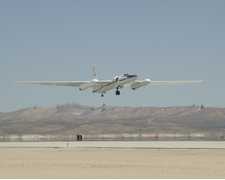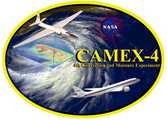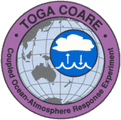The Millimeter-wave Imaging Radiometer (MIR) was a passive airborne cross-track scanning radiometer developed by NASA. MIR measured brightness temperature across nine channels and was used for studying clouds, precipitation, and atmospheric water vapor. MIR operated near and around the following frequencies: 89, 150, 183, 220, and 325 GHz. It had an angular swath of 100 degrees and a sampling interval of 3 seconds. MIR usually operated on NASA ER-2 aircraft before being retired.

Instrument Details
- Spectrometer/Radiometer
- Earth Science > Spectral/engineering > Infrared Wavelengths > Brightness TemperatureEarth Science > Atmosphere > PrecipitationEarth Science > Spectral/engineering > Microwave > Brightness TemperatureEarth Science > Atmosphere > CloudsEarth Science > Atmosphere > Atmospheric Water Vapor
- Lower Stratosphere
- 3 seconds
- 100 degrees
- 89, 150, 183, 220, 325 GHz
- https://doi.org/10.1175/1520-0426(1996)013%3C0610:AAMWIR%3E2.0.CO;2
Carey Johnson, Rachael Kroodsma
James Wang
NASA, Georgia Tech
Radiation and Hydrology Branch of Mission to Planet Earth, Physical Climate Branch of Mission to Planet Earth
Filter data products from this instrument by specific campaigns, platforms, or formats.
CAMPAIGNS
PLATFORMS
FORMATS








